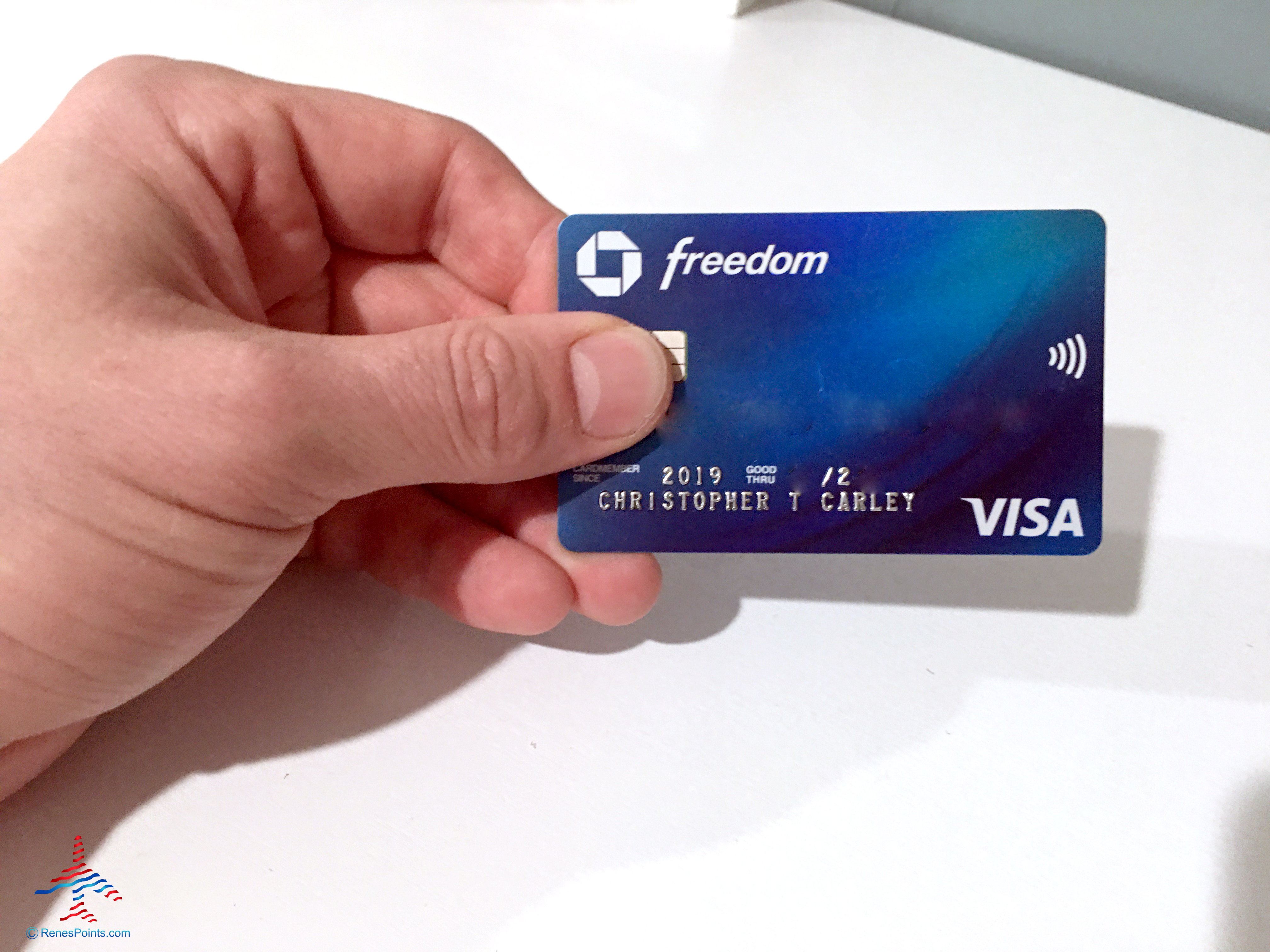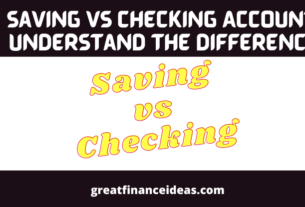In this post, we cover all you need to know about Chase freedom. A complete guide that covers all the Pros, Cons, rewards, fees and other vital information you need to know.
Let’s start with the Pros and Cons.
Pros
- Chase Freedom credit card has no annual fee
- It has long intro 0% APR period for purchases
- Its rewards can be transferred to a Chase Ultimate Rewards card
- Generous welcome bonus
- Opportunity to earn up to 5% cash back in select categories upon activation
Cons
- Bonus categories is to be activated each quarter
- Cash-back program has a limit of 5% cash-back earnings to $1,500 a quarter
- This card has a 3% fee charged on foreign transactions
- It has an estimated rewards earned after 1 year: $539
- It has an estimated rewards earned after 5 years: $1,894
Chase Freedom Rewards
At the discovery of cashback, so Chase Freedom offers 5% cashback in order to revolve bonus categories up to $1,500 in combined purchases after the bonus is activated every quarter. When you get to the limit, you are entitled to 1% on all purchases.
When your spending is maximized in these categories, you could earn $75 cashback each quarter on top of the 1% cash back you earn in all the other categories. There is no limitation to which you can redeem your cashback.
As at October through December 2020, cardholders earning was up to 5%cash back from purchases made at Walmart and PayPal.
With this, they have the right to activate the 5% cash-back categories for January through March 2021 starting December 15, which include wholesale clubs, cable, internet, and phone services and select streaming services.
Check out the Chase Freedom cash-back calendar.
There is a generous welcome bonus of $200 cashback after you spend $500 on purchases in your first three months from opening an account with this card. This means, your earning is 40% back.
Records with CNBC reveal how many rewards the average American can earn if they optimize the way they use their Chase Freedom. According to the location intelligence firm Esri, who provided us with a sample annual spending budget of $22,126.
The budget includes six main categories: groceries ($5,174), gas ($2,218), dining out ($3,675), travel ($2,244), utilities ($4,862) and general purchases ($3,953).
Below is the breakdown of how much cash back you can roughly earn in each category, annually:
- Groceries: $103
- Gas: $67
- Dining out: $37
- Travel: $22
- Utilities: $49
- General purchases: $61
- Total: $339
The above illustration implies that cardholders can actually earn an estimated $539 in cashback the first year (including the cashback from the welcome bonus) and a total of $1,894 over five years which is indeed incredible.
>>> You may also like: BIG LOTS CREDIT CARD: A COMPLETE GUIDE
The rewards that come with using this card don’t expire as long as your account is open, and they are transferrable to a Chase Ultimate Rewards card, such as the Chase Sapphire Preferred, which allows you to redeem rewards for travel through the Ultimate Rewards portal and receive 25% more value.

Additional benefits
Perks that come with Chase Freedom are similar to Chase Freedom Unlimited. (For more information, check out CNBC Select’s Chase Freedom Unlimited review.)
One of the similarities shared by both cards is the 0% APR for the first 15 months on purchases (then 14.99% to 23.74% variable APR) and a three-month complimentary DashPass membership through DoorDash. Cardholders can also benefit from purchase protection and extended warranty protection.
>>> You may also like: 2 Best Ways to activate Chase Sapphire Card
Fees
The good news to customers is the No annual fee the Chase Freedom has introduced with its card. However, there is a 3% fee charged on foreign transactions. (for more information check out CNBC Select’s best credit cards with no foreign transaction fees.)
Bottom line
It is beneficial to any cardholder to thoroughly review the different cash-back cards to select the best that suits your desire for purchases and if a 5% cash-back credit card is right for you.
You can earn more when you pair a 5% cashback card with a flat-rate cash-back card For example, for your everyday purchases you could use the Citi Double Cash Card, as one of the topmost choice selected by CNBC for best cash-back cards, which earns an effective 2% cashback: 1% when you buy and 1% when you pay for purchases. Then, you could use a 5% cash-back card, like Chase Freedom, for bonus category purchases.
Our methodology
We take a critical look at different indices in order to determine which credit cards offer the best value; CNBC Select analyzed 234 credit cards that are considered the most popular in the U.S.
Each card here is compared on the basis of the features, including rewards, welcome bonus, introductory and standard APR, balance transfer fee and foreign transaction fees, as well as factors such as required credit and customer reviews when available.
Some additional perks were taking into consideration, the application process and how easy it is for the consumer to redeem points.
>>>Check this out also: How to Activate a Chase Debit Card: The Ultimate Guide
CNBC Select in collaboration with location intelligence firm Esri. The company’s data development team provided the most up-to-date and comprehensive consumer spending data based on the 2019 Consumer Expenditure Surveys from the Bureau of Labor Statistics.
Esri’s data team on their part created a sample annual budget of approximately $22,126 in retail spending. The budget includes six main categories: groceries ($5,174), gas ($2,218), dining out ($3,675), travel ($2,244), utilities ($4,862) and general purchases ($3,953).
General purchases include items such as housekeeping supplies, clothing, personal care products, prescription drugs and vitamins, and other vehicle expenses.
According to CNBC Select, this budget is used to estimate how much the average consumer would save over the course of a year, two years and five years, assuming they would attempt to maximize their rewards potential by earning all welcome bonuses offered and using the card for all applicable purchases. All rewards total estimations are net the annual fee.
While including the five-year estimates which is included and are derived from a budget similar to the average American’s spending, you may earn a higher or lower return depending on your shopping habits.



